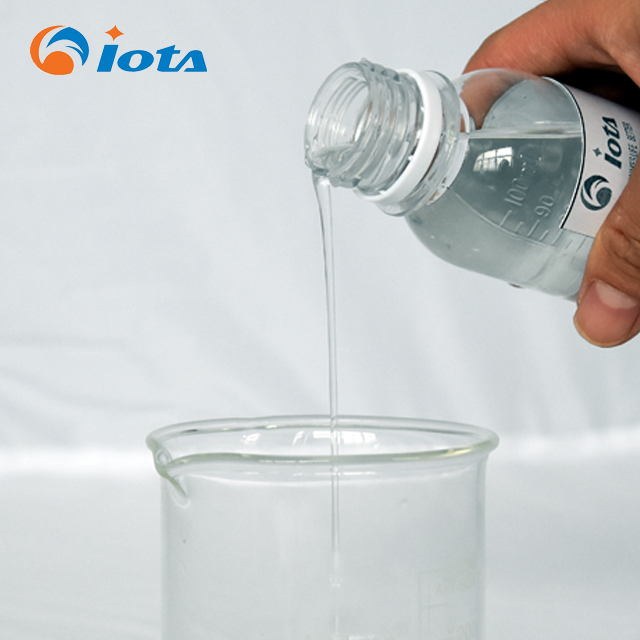Hits: 2055 img
Hydroxyl silicone oil, a cutting-edge silicone material, has transformed numerous industries with its versatile and adaptable properties. Derived from the polymerization of siloxane monomers, this compound terminates with hydroxyl groups, granting it unique characteristics that make it indispensable in various applications. Represented by the formula HO-Si(CH3)2O[Si(CH3)2O]nSi(CH3)2-OH, hydroxyl silicone oil, also known as α,ω-dihydroxy polydimethylsiloxane, becomes 107 silicone rubber when its viscosity exceeds 2500mPa.s.
Beyond its typical methyl silicone oil attributes, hydroxyl silicone oil's reactive hydroxyl groups enable it to be crosslinked into elastomers or membranes, unlocking new possibilities for material innovation. As a colorless transparent liquid, it excels in electrical insulation, temperature resistance (-50°C to +250°C), and stability, with a low viscosity-temperature coefficient and high compression ratio. Its low surface tension, hydrophobic properties, and chemical inertia make it an ideal choice for diverse applications.
In the paper industry, hydroxyl silicone oil's anti-adhesive properties have revolutionized production processes. It is widely used as an anti-adhesive agent in the manufacture of label backing paper, asphalt wrapping, sealing tape base paper, and decor paper, ensuring smooth processing and minimizing waste. The electrical power sector also benefits from its insulating properties, making it a key component in insulating paints and insulators.
Furthermore, hydroxyl silicone oil serves as the basis for condensation-type RTV silicone rubber adhesives and sealants, enabling the creation of robust and versatile products for sealing and molding applications. Its emulsification ease allows for the modification of dimethyl silicone oil, offering additional customization options. Small molecule varieties, with a hydroxyl content of approximately 8%, are exceptional processing aids for silicone rubber, simplifying production processes and enhancing product transparency.
To achieve optimal performance, hydroxyl silicone oil typically requires the addition of a curing agent for crosslinking and a coupling agent for release paper applications. The curing process can be tailored to specific needs by adjusting the curing agent type and temperature, ensuring versatility and adaptability. However, it is crucial to avoid mixing it with high-temperature steam, acids, alkalis, or alkoxysilanes, as this may lead to premature curing or viscosity changes.
Proper storage practices are essential to maintain hydroxyl silicone oil's effectiveness and longevity. It should be stored in airtight, clean plastic buckets away from acids and alkalis, in a cool, ventilated area. Recognized as non-toxic and non-dangerous, it complies with standard storage and transportation protocols, making it an accessible and reliable material for a wide range of applications.
